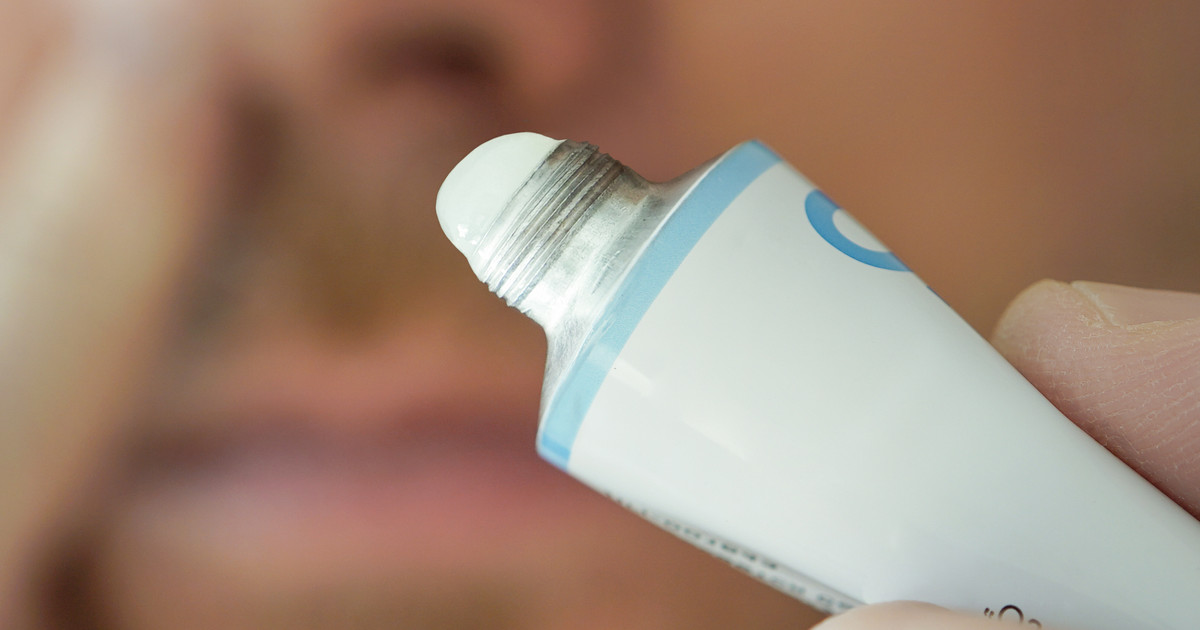What Are The Common Prescription Acne Medications?
Acne may affect over nine percent of individuals around the world. Thus, it appears to be fairly common. However, many acne patients struggle to treat their condition. Part of the reason for this may be that acne seems to have many causes. In addition, some individuals may have inflammatory acne, and others may have non-inflammatory acne. The former may be more common, though it also appears to be more painful. Inflammatory acne seems to cause acne scarring more often as well.
Most individuals will consider acne treatment. Some patients seem to see results with over-the-counter treatments for acne. Common choices appear to include a salicylic acid or benzoyl peroxide wash and spot treatments. Home remedies for acne seem to be growing in popularity. However, prescription acne medication may be becoming more common as well. Of course, individuals may want to understand the common options for prescription medication for acne first.
Dapsone
In gel form, dapsone seems to have gained attention recently as a possible acne treatment. Most patients appear to apply it in a thin layer to their skin. This antibiotic should help destroy bacteria and reduce skin inflammation. Unfortunately, it is not clear precisely why this medication is effective on acne. However, it does seem to be suitable for mild to moderate cases only, not severe ones. Dapsone may be less effective at treating non-inflammatory acne than inflammatory.
Patients seem to use dapsone as a five percent concentration most of the time. They may use it twice a day and still tolerate it well. It may take twelve weeks for results to start appearing. Some patients may use a 7.5 percent concentration once a day instead. Recent research suggests that this may be more effective.
Learn about more acne medications that may need a prescription now.
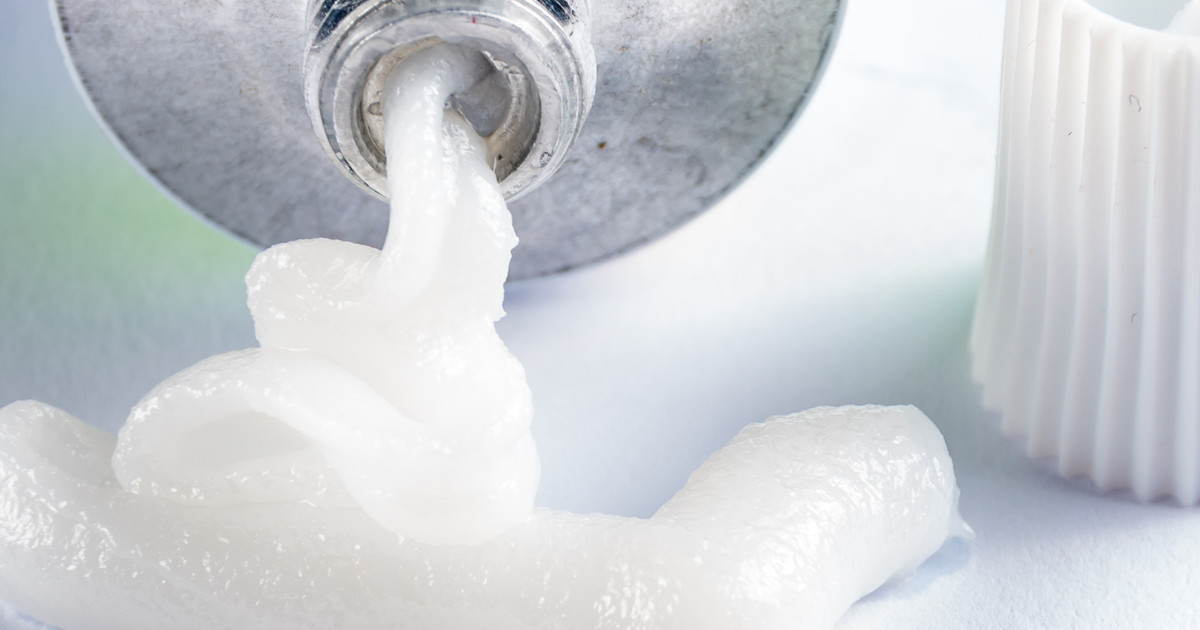
Clindamycin-Benzoyl Peroxide
Some individuals with acne may use a clindamycin-benzoyl peroxide gel. Doctors seem to prescribe this if other treatments have not been successful. They may also do so if patients cannot tolerate other treatments. This gel may be helpful since it seems to combine benzoyl peroxide's antiseptic properties with clindamycin as an antibiotic. Thus, the gel should treat acne in a few different ways, which may help when the cause of an individual's acne is not clear. The combination also appears to be more effective at treating acne than using either ingredient on its own.
Pregnant women seem to be allowed to use this medication. This may be because it has fewer side effects and should not harm their baby. When using this medication, individuals may see results in twelve to sixteen weeks.
Discover more prescription acne medications that seem to be common now.
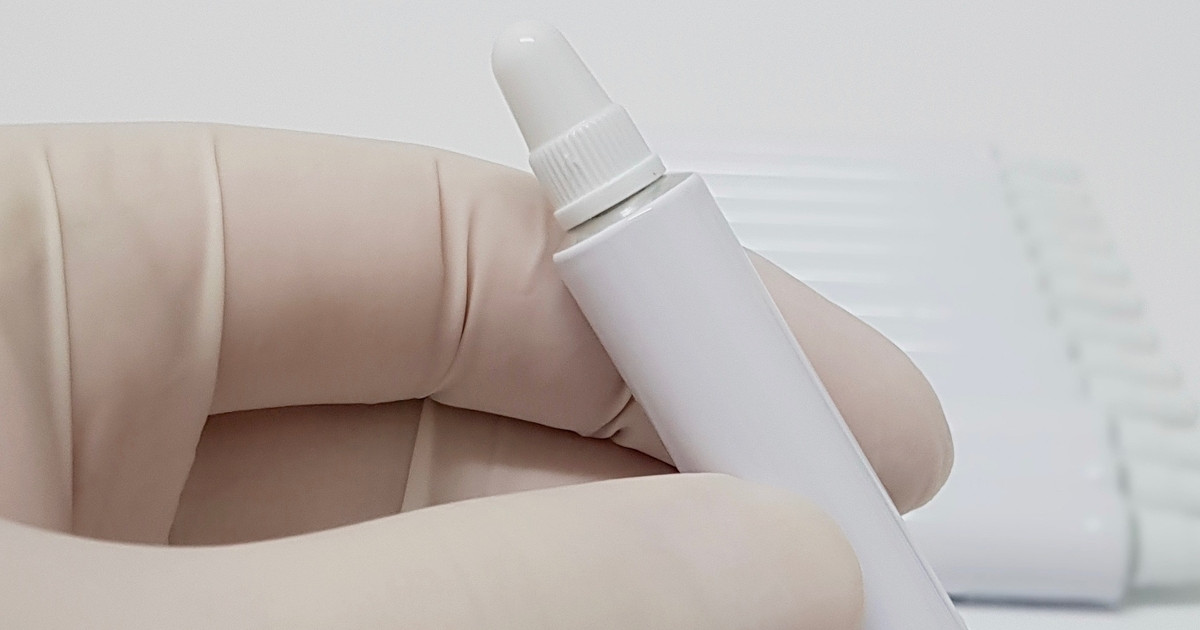
Azelaic Acid
Azelaic acid seems to be a common acne treatment. Although individuals may get azelaic acid over-the-counter in some areas, strong versions still appear to require a prescription. This medication should help reduce sebum production. Thus, a patient's skin should not be as oily. Azelaic acid also appears to have anti-inflammatory, antibacterial, and antioxidant properties. It may stop skin cells from becoming trapped in hair follicles and blocking the sebaceous glands. This seems to be helpful, since this process can trigger the formation of acne.
Most patients appear to use this medication as a cream. However, it also seems to be available as a foam. Patients may use the foam because it is easier to apply. This medication also appears as a facial peel. These patients may have a facial peel every two weeks for three months.
Get more information on other possible prescription acne medications now.
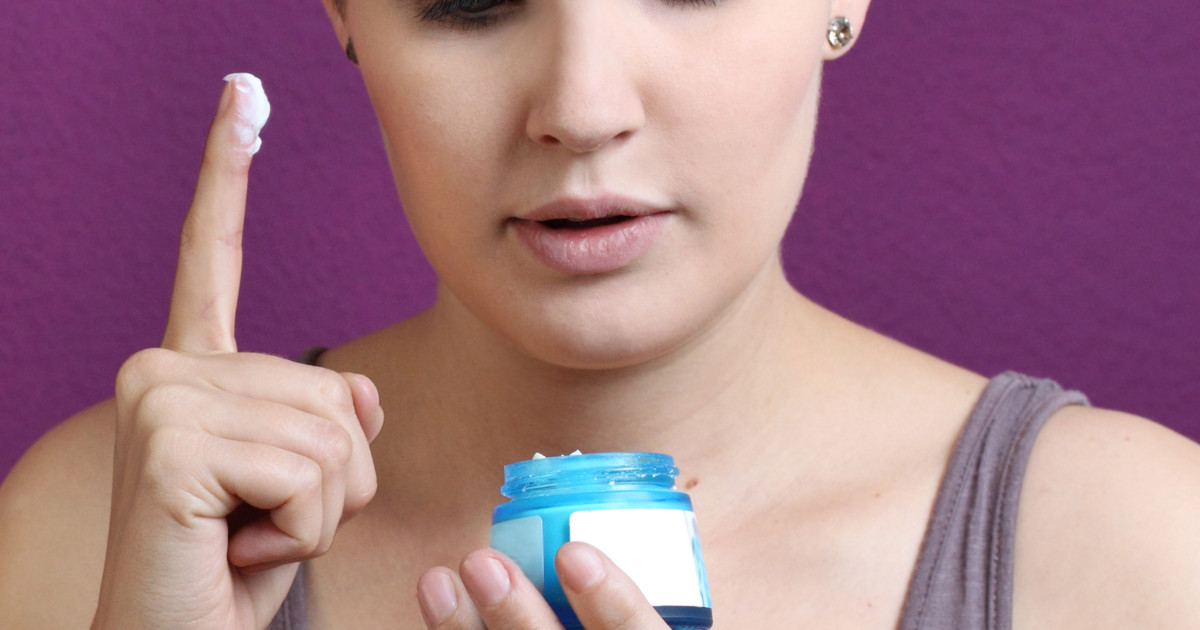
Spironolactone
Spironolactone may be used as a high blood pressure medication. It also appears to treat heart, kidney, and liver problems. Recent research seems to indicate that this medication also helps treat hormonal acne. However, this may only be an 'off-label' use. The medication may reduce certain hormones in the body. It seems to be particularly effective at reducing androgen hormones such as testosterone. This may help with acne because excessive amounts of these hormones seem to be a major cause of it.
Unfortunately, men may not always be able to take this medication because of its effects on testosterone. If they are approved to take it, doctors may have to add extra monitoring. Pregnant women also seem to need to avoid this medication as well. Patients who do take it should be prepared to urinate more often. The reason may be that this medication also appears to be a diuretic.
Reveal more acne medications that may need a prescription now.
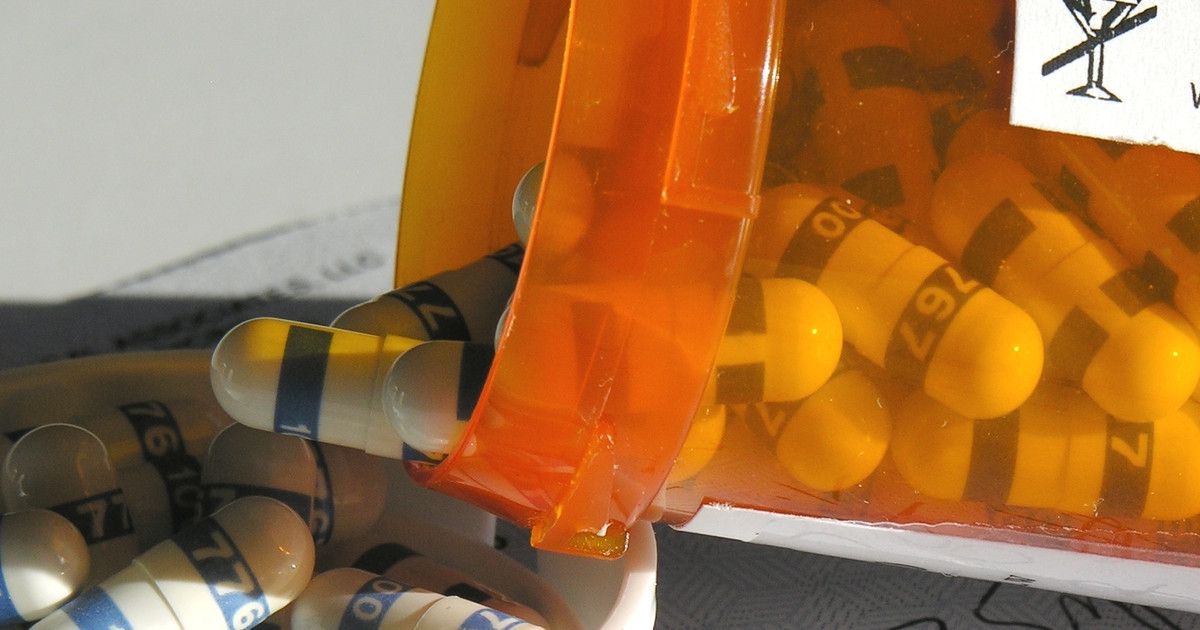
Tretinoin
Vitamin A may be a crucial vitamin for skin health. Most individuals may consume enough of it through their diet. However, acne patients may benefit from using a synthetic vitamin A topically. This refers to tretinoin, which patients may use to treat inflammatory and non-inflammatory acne. This medication may help because it seems to make skin cells renew and heal faster. Thus, new skin cells should replace dead and damaged ones. Dead skin cells building up appear to be one of the many major causes of acne.
Women appear to benefit more from tretinoin than men. Unfortunately, they also seem to experience more side effects. The most common side effects may include irritation and dry, flaky skin. Thankfully, these side effects can disappear as patients adjust to the medication. This may take one to two months to happen, depending on the prescription's strength.
